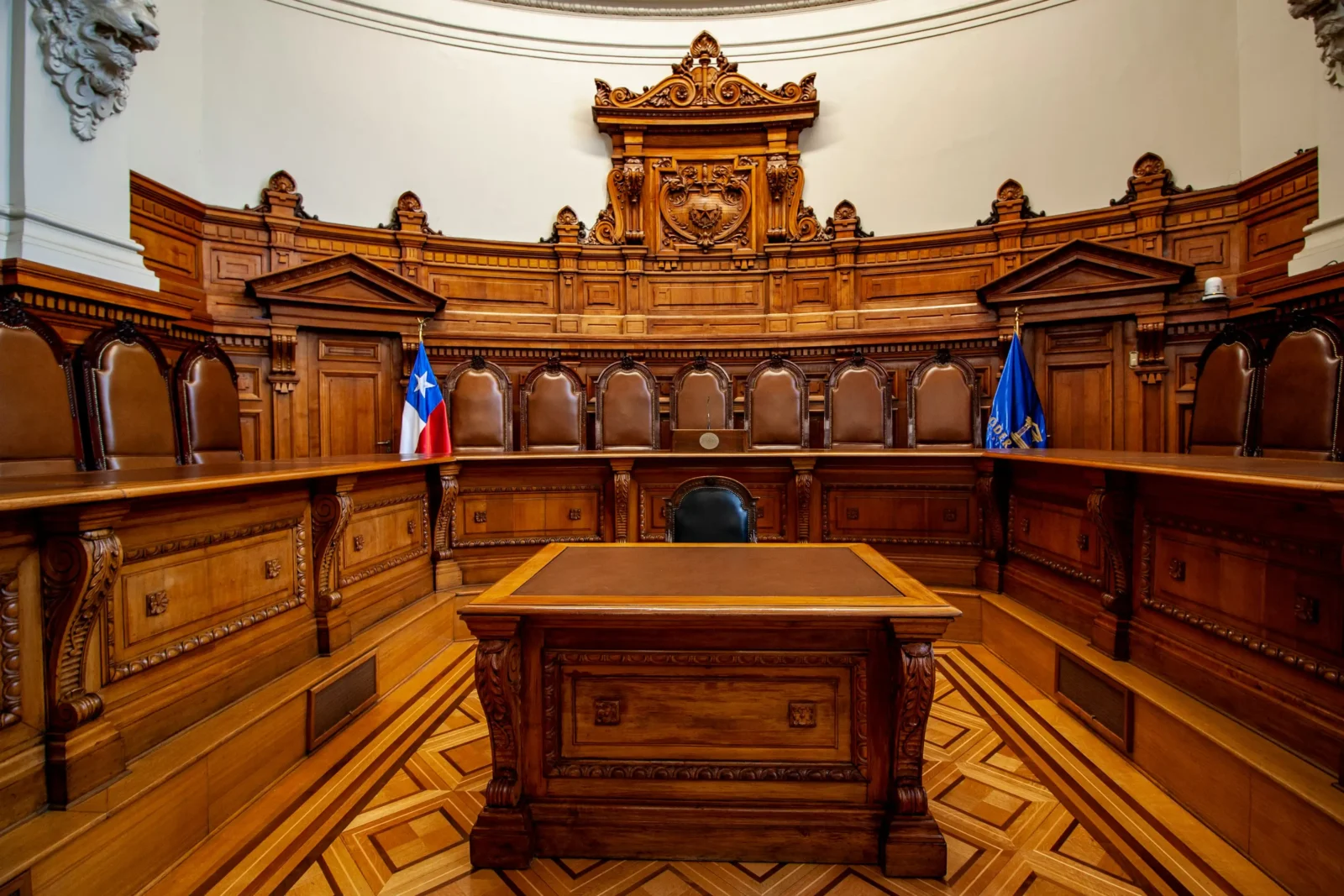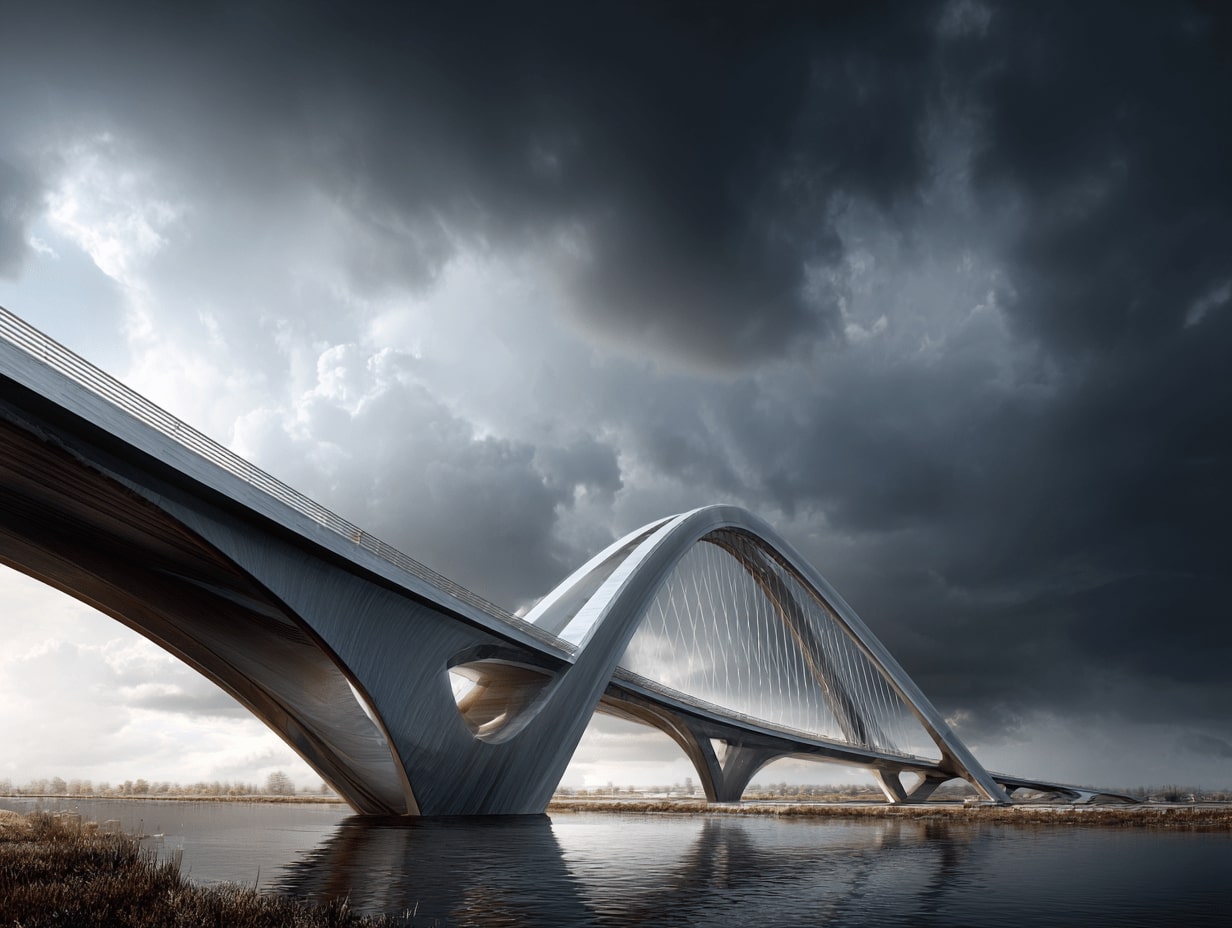- Home
- Articles
- Architectural Portfolio
- Architectral Presentation
- Inspirational Stories
- Architecture News
- Visualization
- BIM Industry
- Facade Design
- Parametric Design
- Career
- Landscape Architecture
- Construction
- Artificial Intelligence
- Sketching
- Design Softwares
- Diagrams
- Writing
- Architectural Tips
- Sustainability
- Courses
- Concept
- Technology
- History & Heritage
- Future of Architecture
- Guides & How-To
- Art & Culture
- Projects
- Interior Design
- Competitions
- Jobs
- Store
- Tools
- More
- Home
- Articles
- Architectural Portfolio
- Architectral Presentation
- Inspirational Stories
- Architecture News
- Visualization
- BIM Industry
- Facade Design
- Parametric Design
- Career
- Landscape Architecture
- Construction
- Artificial Intelligence
- Sketching
- Design Softwares
- Diagrams
- Writing
- Architectural Tips
- Sustainability
- Courses
- Concept
- Technology
- History & Heritage
- Future of Architecture
- Guides & How-To
- Art & Culture
- Projects
- Interior Design
- Competitions
- Jobs
- Store
- Tools
- More
The Largest Building to Be Completed by 2030: Jeddah Tower’s Record-Breaking Journey
Discover the Jeddah Tower, set to soar over 1,000 meters as the world's tallest building by 2030. This architectural wonder in Saudi Arabia blends advanced engineering, sustainable design, and mixed-use functionality, redefining skylines and innovation. Explore its groundbreaking features, from a sky-high observation deck to eco-friendly systems, aligning with Saudi Arabia's Vision 2030.

When it comes to architectural ambition, the future never ceases to amaze us. By 2030, the world will witness the completion of a structure so massive and groundbreaking that it’s set to redefine skylines and engineering limits. This isn’t just about size—it’s about innovation, purpose, and pushing the boundaries of what we thought was possible.
As we approach this monumental milestone, we can’t help but marvel at the vision and expertise driving such a project. The largest building to be completed by 2030 isn’t just a feat of construction; it’s a symbol of human ingenuity and our relentless pursuit of progress. Let’s explore what makes this architectural wonder so extraordinary and why it’s poised to leave a lasting mark on history.

Table of Contents
ToggleAn Overview Of The Largest Building To Be Completed By 2030
The largest building scheduled for completion by 2030 is The Jeddah Tower in Saudi Arabia. This structure, also known as the Kingdom Tower, is set to exceed a height of 1,000 meters, making it the first structure to achieve the “kilometer-high” milestone. Its total floor area spans approximately 243,866 square meters, creating unprecedented vertical real estate.
The tower’s design accommodates over 200 floors, with residential spaces, office units, luxury hotels, and an observation deck positioned at a height of 644 meters. The mixed-use functionality ensures that the structure integrates seamlessly into urban development while pushing architectural boundaries. Adrian Smith + Gordon Gill Architecture, renowned for innovative skyscraper designs, lead the architectural vision.
The Jeddah Tower’s innovative engineering features include a tapered shape to reduce wind resistance and a deep foundation reaching 105 meters below the ground to withstand geological challenges like the region’s sandy terrain. Advanced materials and construction techniques ensure structural integrity despite the immense height.
Upon completion, this skyscraper is expected to serve as a critical economic hub for Jeddah, attracting tourism, business investment, and global attention. The building reflects Saudi Arabia’s Vision 2030 plan, aimed at diversifying the economy and showcasing the country’s modernization efforts.
Design And Architecture
The Jeddah Tower’s design embodies a blend of aesthetic excellence and functional innovation. Its architecture is tailored to overcome challenges associated with extreme height and environmental conditions.

Unique Features Of The Structure
The tower’s sleek, triangular footprint minimizes wind loads, essential for a building surpassing 1,000 meters. The tapering form enhances stability by reducing mass as it ascends. A prominent feature is the open-air observation deck at 644 meters, offering panoramic views of the surrounding area. Another striking aspect is its exterior, composed of high-performance glass designed to withstand intense heat and glare in the Saudi Arabian climate.
Vertical transportation systems include over 50 elevators and double-deck cars to efficiently manage the movement of residents and visitors. The design integrates lush sky terraces, creating green spaces at multiple levels within the towering structure.
Innovations And Technologies Employed
Advanced engineering solutions allow the Jeddah Tower to achieve its unprecedented height. Engineers have implemented a Y-shaped core that optimizes resilience while reducing material usage. To combat wind forces, the building employs a state-of-the-art dampening system, ensuring occupant safety and comfort.
The reinforced concrete foundation descends over 60 meters into the ground, accommodating the region’s geological complexities. Sustainable technologies feature prominently, with energy-efficient systems such as reflective facade materials and environmentally-friendly water recycling methods designed to reduce the skyscraper’s carbon footprint.
Construction Timeline And Challenges
The Jeddah Tower’s construction journey exemplifies the complexity of erecting a “kilometer-high” skyscraper while addressing unprecedented engineering obstacles. Several factors have influenced the project’s progression and solutions.

Key Milestones In The Project
Work on the Jeddah Tower began in 2013, with a projected completion date initially set for 2020. The foundation, which extends over 60 meters into the ground, was completed early in the process to stabilize the massive structure. By 2017, the tower reached approximately 63 stories, marking significant progress in vertical construction.
Revised timelines, influenced by global economic factors and logistical adjustments, set 2030 as the expected completion date. Critical phases include the installation of high-performance glass exteriors and the integration of vertical transportation systems. Each stage focuses on ensuring safety, efficiency, and durability at extreme altitudes.
Overcoming Engineering Hurdles
Building beyond 1,000 meters requires overcoming severe atmospheric and structural challenges. Wind resistance posed critical questions for structural stability, addressed through the tower’s tapered design and aerodynamic triangular form. Advanced engineering techniques, such as the Y-shaped core and high-strength reinforced concrete, were employed to manage stress distribution.
Geological challenges required specialized solutions, including a deep foundation able to withstand seismic and soil pressures. A state-of-the-art dampening system minimizes vibrations caused by wind or external forces, ensuring comfort for occupants. Additionally, sourcing environmentally sustainable materials and integrating energy-efficient systems presented logistical complexities, amplified by the tower’s vast scale.
These challenges highlight the innovative strategies and meticulous planning required to set new benchmarks in skyscraper design and construction.
Environmental And Economic Impacts
The Jeddah Tower’s completion by 2030 holds considerable environmental and economic significance. Its design aims to balance sustainability goals and economic growth while transforming the region.

Sustainability Efforts In Construction
Sustainable practices play a critical role in Jeddah Tower’s construction. High-performance glass reduces heat absorption, cutting the energy required for cooling. Advanced energy-efficient systems, including LED lighting and optimized HVAC solutions, lower electricity consumption. Water recycling systems conserve resources by reusing gray water for irrigation and cooling systems. Building materials primarily consist of locally sourced and environmentally friendly elements, minimizing transportation emissions and ecological disruption.
Sustainable technologies extend to vertical transportation. Over 50 elevators operate using regenerative drives, converting braking energy into power. These innovations align with Saudi Arabia’s Vision 2030 focus on reducing carbon emissions and promoting renewable energy use.
Boost To The Local Economy
Jeddah Tower significantly impacts the local economy, acting as a catalyst for growth. Creating thousands of jobs during construction and in ongoing operations, it contributes to workforce development. Businesses, including hotels, restaurants, and retail establishments, benefit from increased foot traffic generated by the tower’s mixed-use design.
The project attracts global attention, reinforcing Jeddah’s position as a premier investment destination. Tourism surges with the tower’s observation deck and luxury accommodations, stimulating economic activity. The tower integrates with the Jeddah Economic City’s broader development, supporting diversification away from oil dependency by attracting real estate and service-sector investments.
Global Significance
The Jeddah Tower represents a transformative milestone in architecture and urban planning. Its completion is poised to redefine skylines and influence construction trends worldwide.

Comparisons To Existing Megastructures
Jeddah Tower’s proposed height of over 1,000 meters surpasses all existing skyscrapers. The Burj Khalifa in Dubai currently holds the record at 828 meters, but the Jeddah Tower extends this benchmark by more than 170 meters. While structures like the Shanghai Tower (632 meters) and Abraj Al-Bait Towers (601 meters) stand out as engineering marvels, none come close to reaching the kilometer-high threshold. Its mix of residential, commercial, and recreational facilities also offers a more integrated design than single-purpose skyscrapers such as Taipei 101. The tower’s advanced systems for vibration dampening and wind load resistance outpace those in existing structures, setting a new standard for high-rise stability.
Anticipated Role In Urban Development
The Jeddah Tower is set to elevate Jeddah as a global hub for investment and tourism. Positioned within Jeddah Economic City, it will anchor a major mixed-use urban development offering business districts, residential areas, and entertainment options. The tower’s height and iconic design will attract international businesses and support local entrepreneurs, while its sustainable construction aligns with modern urban planning principles. By integrating green spaces, energy-efficient systems, and water recycling, it promotes environmental consciousness in high-density urban development. Such an infrastructure centerpiece not only enhances economic activities but also reshapes Jeddah’s urban identity as a future-forward metropolis.
Conclusion
The Jeddah Tower represents an unprecedented achievement in architectural design, engineering, and sustainability. As the first skyscraper to exceed 1,000 meters, it symbolizes human ambition and innovation, pushing the boundaries of construction capabilities. Its integration of advanced engineering methods, such as the Y-shaped core and tapered design, ensures not only stability at extreme heights but also resistance to environmental factors like wind loads and seismic pressures.
The tower’s mixed-use functionality, encompassing residential units, office spaces, luxury hotels, and recreational areas, demonstrates a commitment to maximizing utility while embracing sustainable practices. Features like energy-efficient systems, water recycling, and high-performance glass align with global efforts to reduce environmental impact. Moreover, its construction advances Saudi Arabia’s Vision 2030 goals by promoting economic diversification, creating jobs, and attracting international investments and tourism.
This transformative structure redefines skyscraper benchmarks and serves as an anchor for Jeddah Economic City, fostering urban development and aligning modern infrastructure with environmental consciousness. Upon completion, the Jeddah Tower will stand not only as the tallest building but also as a milestone in sustainable and visionary urban planning, capturing global attention and solidifying its place in history.
- and Jeddah Tower features
- future tallest building
- Jeddah skyscraper
- Jeddah Tower 2030
- Jeddah Tower architecture
- Jeddah Tower building company
- Jeddah Tower completion date
- Jeddah Tower construction updates
- Jeddah Tower design
- Jeddah Tower height
- Jeddah Tower location
- Jeddah Tower news
- Jeddah Tower opening date
- Jeddah Tower progress
- Jeddah Tower project overview
- Jeddah Tower Saudi Arabia
- Jeddah Tower timeline
- Kingdom Tower Jeddah
- new tallest building
- record-breaking skyscrapers
- tallest building in the world 2030
- world's tallest building
Submit your architectural projects
Follow these steps for submission your project. Submission FormLatest Posts
Common Disputes Handled by Estate Litigation Lawyers
According to the 2025 issue of the American Bar Association’s “Probate &...
Modern Japanese Architecture: Tradition Rewired for the Present
Modern Japanese architecture explained: how tradition meets innovation in light, nature, materials,...
The Purpose of a Living Will and Why It Matters
A living will is without a doubt one of the most significant...
How Modern Bridges Balance Aesthetics and Engineering
How modern bridges balance aesthetics and engineering: explore form-driven systems, case studies,...












Leave a comment